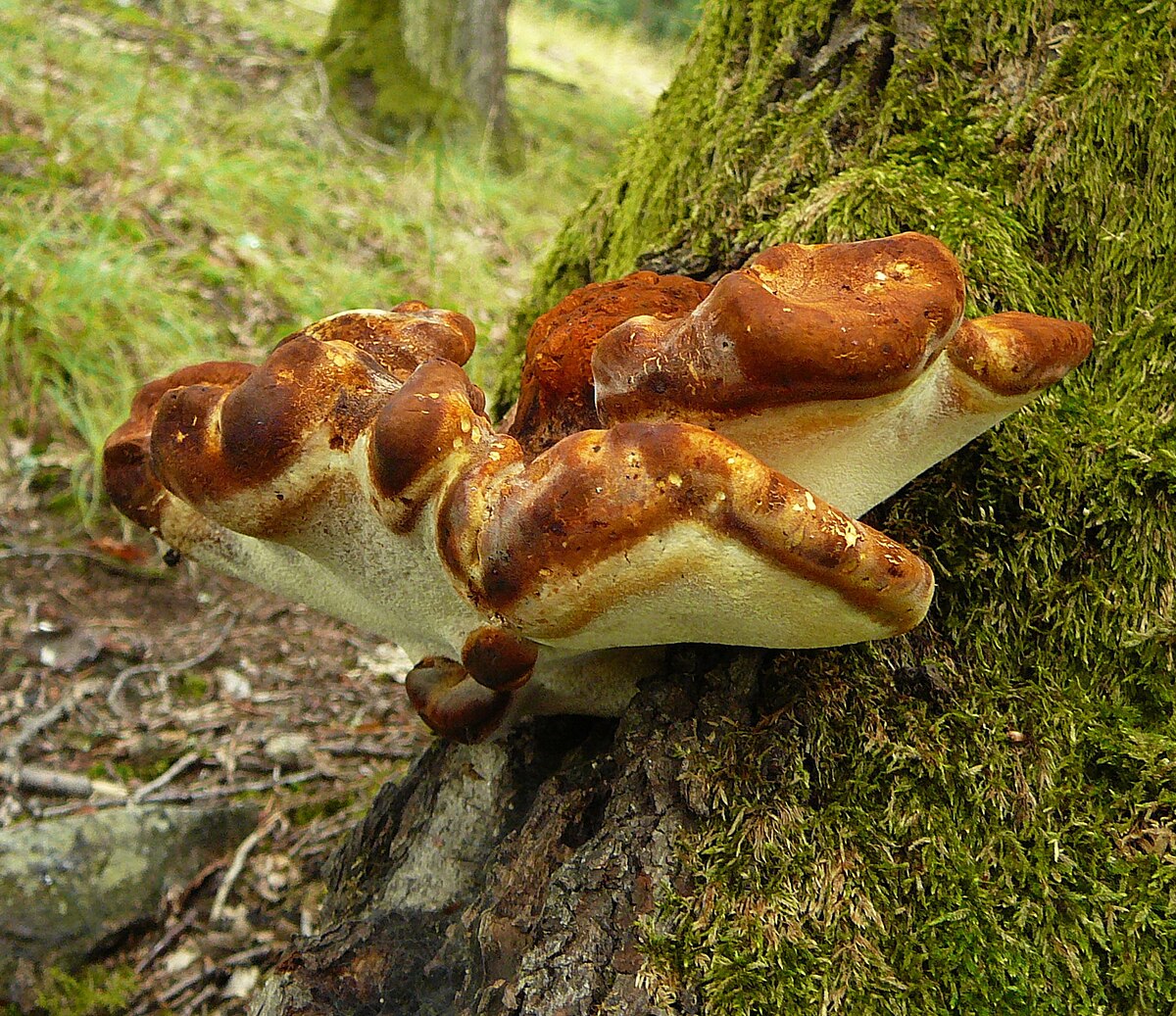I've discussed on here before the legality of foraging and Richard recently addressed protected species in one of his posts in the Bushcraft and the Law series.
Having written a lot about fungi recently though I thought I might address a piece of legislation which protects some scarce fungi.
The Wildlife and Countryside Act 1981 govern a great deal of what goes on the countryside and includes one particular schedule which relates to protected species, now the sale of fungi collected on private land is, as I have discussed on here before, illegal without the landowners permission although collecting for personal consumption is generally considered to be allowed. Those species listed ion schedule eight of the countryside and wildlife act are protected from any picking or interference.
The fungi listed there include;
- Sandy Stilt Puffball; this is also a red data book species and is very uncommon in the UK. Although it does not really resemble a puff ball the spores are spread in the same passion as the other puffballs and although it appears to have a cap and gills it's spores are spread from the sac on top of it's cap.

"Battarrea phalloides 40049" by user: Landsnorkler - Mushroom Observer. Licensed under CC BY-SA 3.0 via Commons.
The specimen pictures above is not from the UK and thus the person handling it here is not in breach of the wildlife and countryside act, this specimen was found in Hawai
- Royal Bolete; a very vibrantly coloured fungi of the bolete family, somewhat similar in appearance to the devils bolete but very brightly coloured with very red cap and yellow stem and tubes.
- Bearded Tooth;
 |
| By Rob Hille (Own work) [CC BY-SA 3.0 (http://creativecommons.org/licenses/by-sa/3.0)], via Wikimedia Commons |
- Oak Polypore
 |
| "Piptoporus quercinus I Posazavi" by Vavrin - Own work. Licensed under CC BY-SA 3.0 via Wikimedia Commons. |
So there you have it, the protected fungi of the UK, They don't look particularly apetising anyway.




No comments:
Post a Comment
Note: only a member of this blog may post a comment.